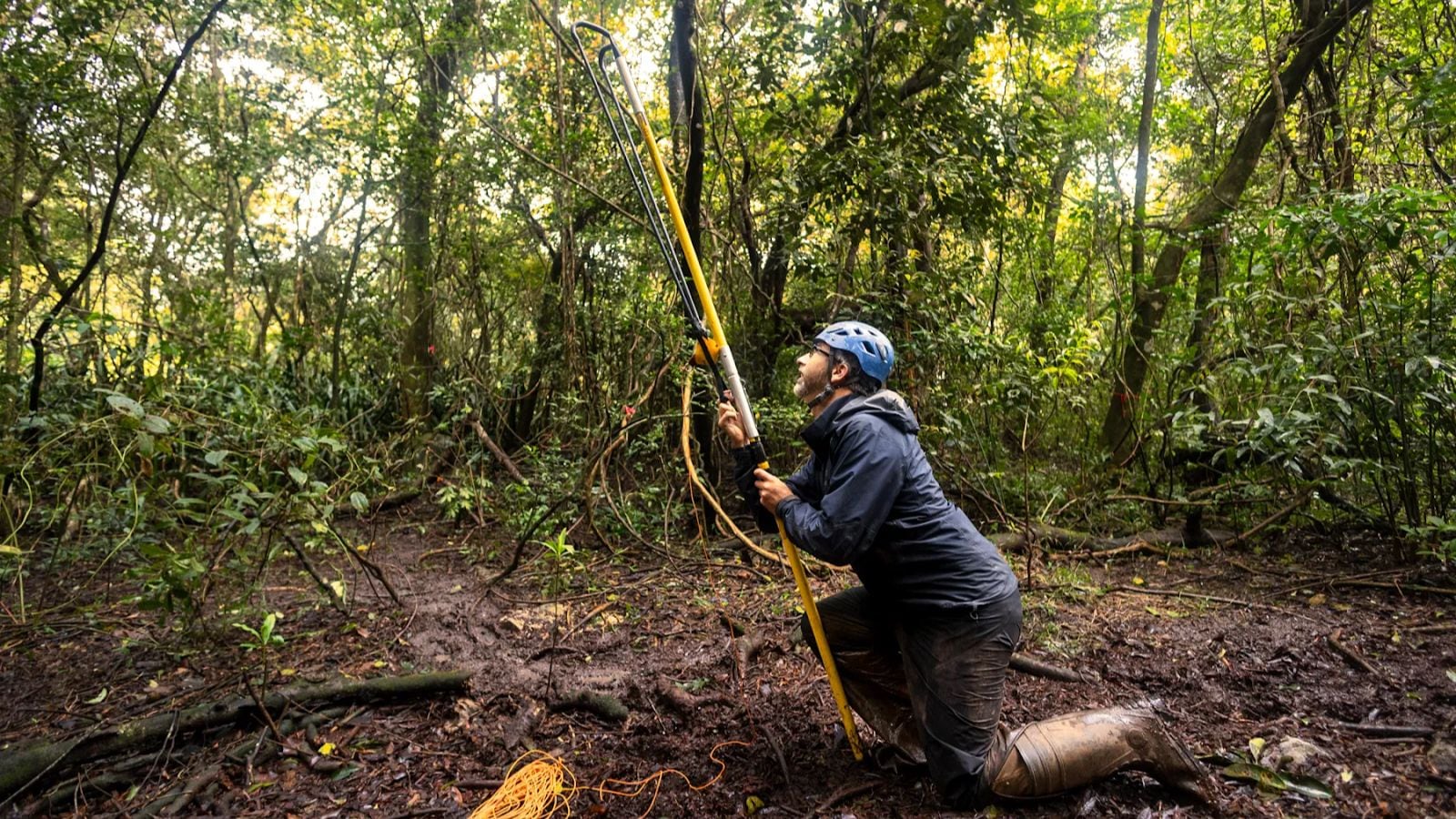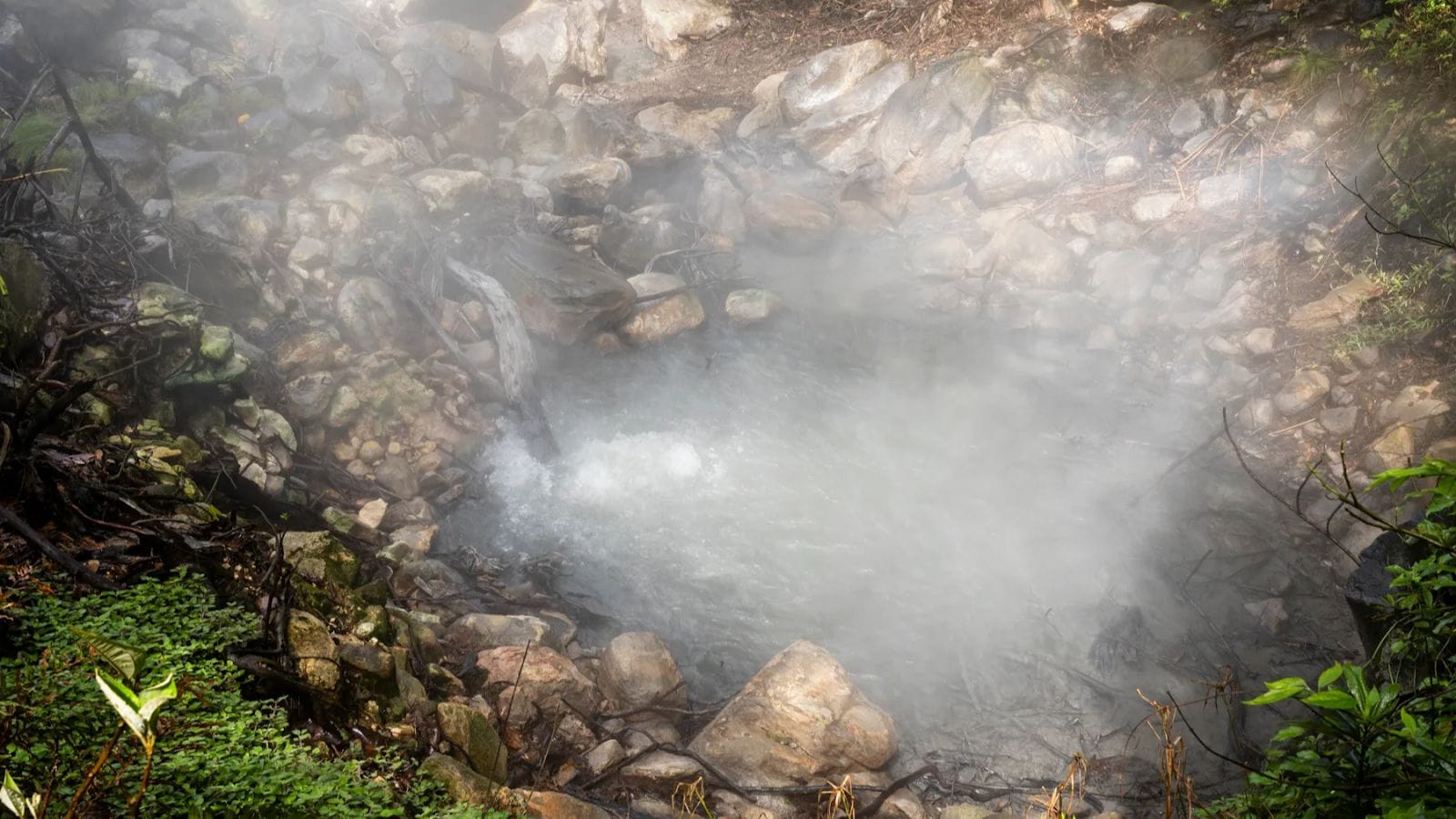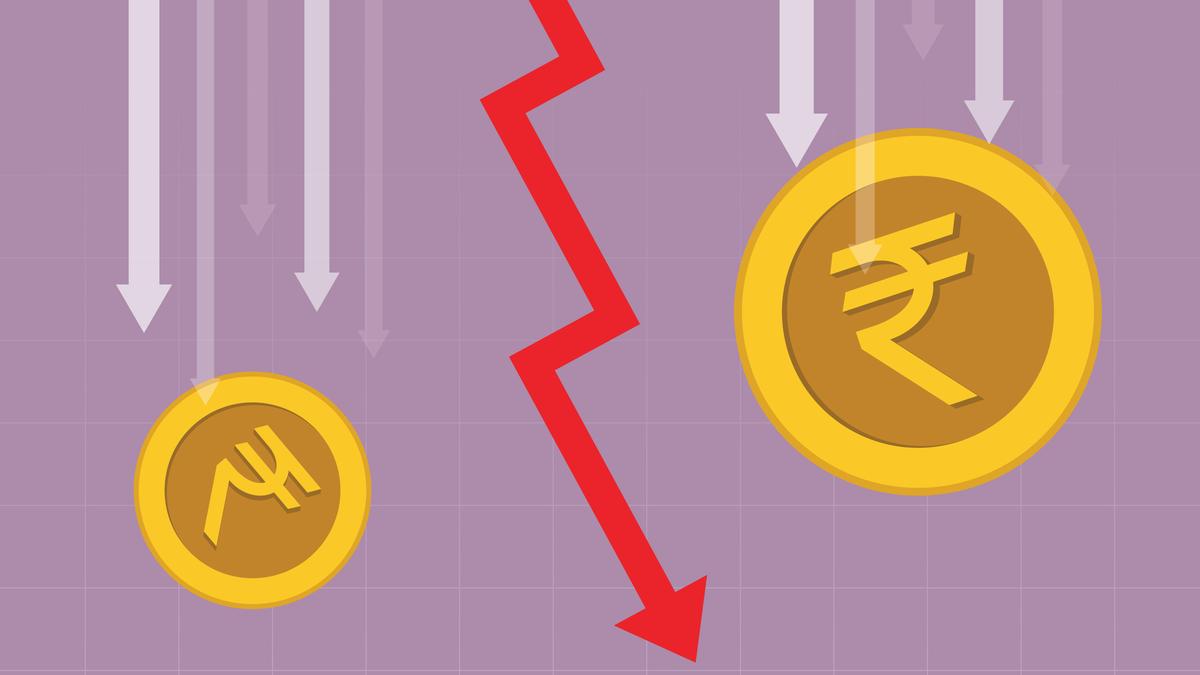NASA has introduced a new way to observe the patterns of volcanoes by monitoring the health of trees through satellite images.
In partnership with the Smithsonian Institution’s AVUELO (Airborne Validation Unified Experiment: Land to Ocean), scientists at the space agency said they can detect early signs of volcanic eruptions by observing the changing colours of leaves from trees.
The scientists revealed that when the leaves from trees near a volcano turn greener, it is indicative of the fact that it is active and is about to erupt soon. They can reportedly detect early signs of an active volcano by tracing the volcanic carbon dioxide (CO₂) consumption patterns of trees in the vicinity.
The research shows that with rising magma under the surface of Earth, it releases carbon dioxide (CO₂) and sulphur dioxide (SO₂) into the atmosphere. While tracing sulphur dioxide in the atmosphere is comparatively easier, scientists claim that traces of volcanic-emitted carbon dioxide are much more difficult to detect. This is because CO₂ blends with other gases in the atmosphere, making it difficult to distinguish.
Depending on the physiographic signs like seismic waves, deformation in the surrounding land, and the levels of gases, scientists and volcanologists use natural methods to study the pattern of volcanoes.
However, they also believe that tracing the effect of volcano-emitted CO₂ on the vegetation around the site will help them assess the activities of volcanoes even at the surface level. The research by volcanologists and NASA scientists further revealed that tropical plants located in the vicinity of volcanoes absorb the carbon dioxide emanating from the rising magma through their roots, and this makes them more healthy and green.
Simply put, CO₂ has a fertilising effect on these trees.
Story continues below this ad
Scientists have been observing changes in the leaves of these tropical plants through satellite imagery, which is enabling them to study the effect of CO₂ at the surface level. According to volcanologist Florian Schwander, chief of Earth Science Division at NASA’s Ames Research Centre, an early warning system for volcanoes already exists.
However, he said it is important to upgrade the system for accurate and timely results.
In 2019, Schwander and Robert Bogue, a volcanologist from McGill University, Montreal, and 11 other scientists published a study showing the effects of CO₂ emitted from volcanoes on tropical forests. The study concluded that these volcanic emissions of CO₂ have a measurable yet short-term effect on trees. These emissions could also be used to study future impacts on the ecosystems.
 Scientists trek through mountain terrains to measure gases on site. (Source: NASA)
Scientists trek through mountain terrains to measure gases on site. (Source: NASA)
The satellite warning
There are 1,350 active volcanoes worldwide; however, they are mostly located in remote areas, making it difficult for scientists to measure the carbon levels in their vicinity. As part of the research, scientists had to trek through rugged mountain terrains.
Story continues below this ad
While volcanologists worked with botanists to observe volcanic activity, scientists decided to monitor these trees through satellite imagery.
The AVUELO project, which collaborated with NASA this March, examined the trees in two regions – Panama and Costa Rica – through a spectrometer that they deployed in the volcano-active tropical forests. Using images from NASA’s Terra satellite, Landsat 8, the European Space Agency’s Sentinel-2 and other satellites, volcanologist Nicole Guinn from the University of Houston studied the resemblance of data from space and the field.
These images were taken from the trees near Mount Etna volcano near the coast of Sicily, Italy. Guinn examined the existing correlation between the changing colours of leaves and the carbon dioxide emitted from the magma under the volcano.
 Scientists measured the levels of carbon dioxide from leaf samples collected from the surroundings of Rincon de la Vieja volcano. (Source: NASA)
Scientists measured the levels of carbon dioxide from leaf samples collected from the surroundings of Rincon de la Vieja volcano. (Source: NASA)
On the other hand, as part of the research, scientist Josh Fisher from Chapman University, California, and his team went to the Rincon de la Vieja volcano in Costa Rica. The team collected leaf samples and measured levels of carbon dioxide emitted from the volcano. Later, they compared the observations from satellite imagery and field observations.
Story continues below this ad
Fisher said that ‘the aim of this study is not just to understand the correlation between the changing colours of the leaves and the volcanic emitted CO₂ but also to measure the amount of gas trees can absorb when exposed to high levels of carbon dioxide.’ This observation was also made by the Philippine government in 2017.
Back then, the government of Philippines traced the changing colours of the leaves of tropical trees around the domain of a volcano. The government released an early warning and evacuated over 56,000 people ahead of its eruption on January 23, 2018. With this, the government was not only able to release an early warning but also avoid casualties.
Regardless, scientists maintained that satellite imagery was not enough to detect early warning signs of volcanic activity. They need to be supported by ground observation work. However, there is a rise in the global population around volcanic sites.
Tracing gases emitted by volcanoes through satellite imagery at these sites is groundbreaking. Talking about the research, volcanologist Schwandner said, “Tracing the effect of volcanic carbon dioxide on trees will not be a silver bullet. But it could be something that will change the game.”
Story continues below this ad
(This article has been curated by Anushka Rajvedi, who is an intern with The Indian Express)









